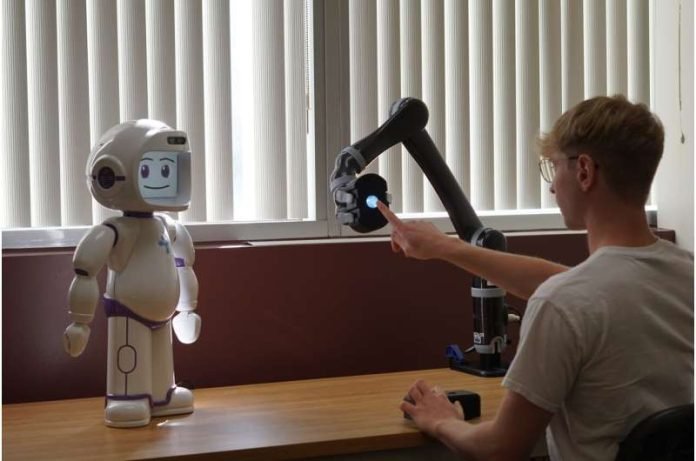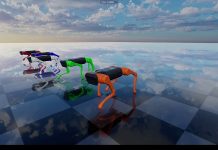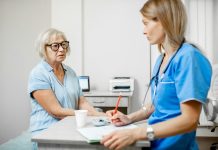
Each year, millions of people around the world suffer from strokes, a major cause of long-term disability. After a stroke, many survivors find their arms and hands weakened or paralyzed.
Sadly, most of them tend to use their stronger arm for daily tasks, even though their weaker arm could get better with use. This habit, called “arm nonuse,” slows down recovery and can lead to more problems.
Researchers at USC have developed a groundbreaking robotic system to track and improve how stroke survivors use their arms during recovery.
This innovative approach can help doctors and patients better understand progress and encourage the use of the weaker arm.
Understanding Stroke and Arm Nonuse
Strokes are a common medical issue, impacting millions of people worldwide. Following a stroke, about three-quarters of survivors experience difficulties with their arm and hand movements.
Unfortunately, many survivors develop a habit of relying too much on their stronger arm, even when the weaker one could get stronger with practice. This behavior, known as “arm nonuse,” can hinder recovery and cause long-term disabilities.
The Importance of Early Detection
Identifying and addressing arm nonuse early in the recovery process is crucial. However, it’s tricky to measure how much a patient uses their weaker arm outside of clinical settings.
Patients may change their behavior if they know they are being watched. Therefore, researchers have been looking for a way to assess arm nonuse without the patient realizing it.
The Innovative Robotic System
Researchers at USC have created a special robotic system to track how stroke survivors use their arms during recovery. This system uses a robotic arm to collect 3D information about the arm’s movements.
Then, machine learning techniques process this data. The system measures how often and how effectively patients use their weaker arm and generates a score called “arm nonuse.”
A Friendly Robot Assistant
To make the assessment process more enjoyable, a friendly robot assistant provides instructions and encouragement to stroke survivors during the activities.
This supportive approach motivates patients and ensures they provide accurate performance data.
Study Findings
The study involved 14 stroke survivors. They were asked to perform reaching tasks using both their stronger and weaker arms. Machine learning analyzed their performance based on three measurements: arm use probability, time to reach, and successful reach.
The results showed significant differences in arm use between the participants, indicating that the robotic system could help healthcare professionals accurately track stroke recovery progress.
Future Prospects
The robotic system has the potential to improve stroke rehabilitation by providing objective data on patients’ arm usage during recovery.
Personalization and the inclusion of additional behavioral data, such as facial expressions and various types of tasks, could enhance its effectiveness.
Stroke survivors and their healthcare providers may benefit from this innovative approach by customizing rehabilitation strategies to address specific weaknesses and build on strengths.
Conclusion
This groundbreaking robotic system offers a new way to assess and address arm nonuse in stroke survivors. By providing objective data on patients’ arm usage during recovery, it can guide clinicians in tailoring treatments to improve outcomes.
Ultimately, this innovative technology has the potential to enhance the quality of life for stroke survivors by facilitating their recovery and reducing long-term disability.
If you care about stroke, please read studies about how to eat to prevent stroke, and scientists find a breakfast linked to better blood vessel health.
For more information about health, please see recent studies about how Mediterranean diet could protect your brain health, and wild blueberries can benefit your heart and brain.
The research findings can be found in Science Robotics.
Follow us on Twitter for more articles about this topic.
Copyright © 2023 Knowridge Science Report. All rights reserved.



